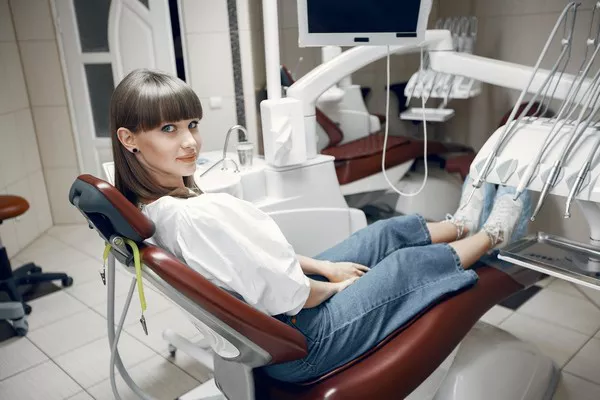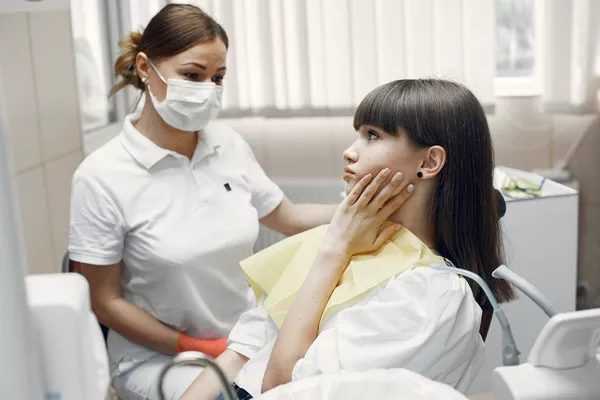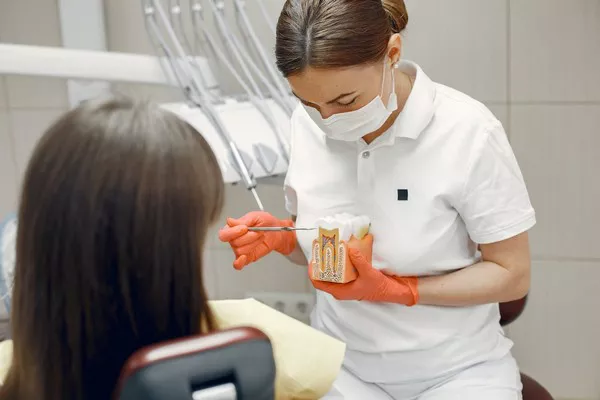Gingivitis is a common oral health issue that affects the gums, causing inflammation and discomfort. Many individuals wonder whether gingivitis is contagious, and it’s important to dispel any misconceptions surrounding this topic. In this article, we will delve into the concept of gingivitis contagion, examining the causes, transmission methods, risk factors, and preventive measures associated with this condition. By understanding the truth about gingivitis, individuals can make informed decisions regarding their oral health.
I. Understanding Gingivitis :
Gingivitis is an early stage of gum disease characterized by inflammation of the gums. It occurs due to the buildup of plaque—a sticky film of bacteria—on the teeth. Common symptoms include red, swollen, and bleeding gums, as well as bad breath. If left untreated, gingivitis can progress to more severe forms of gum disease.
II. The Contagion Question:
Contrary to popular belief, gingivitis itself is not a contagious condition. Gingivitis is primarily caused by poor oral hygiene practices, such as inadequate brushing and flossing, which lead to the accumulation of plaque. While gingivitis is not contagious, the bacteria present in dental plaque can be transmitted between individuals under certain circumstances.
III. Bacterial Transmission and Risk Factors :
Close Contact:
Intimate contact, like kissing or sharing utensils, can potentially transfer the bacteria responsible for gingivitis from one person to another.
Poor Oral Hygiene:
Neglecting proper oral hygiene practices increases the risk of bacterial buildup and subsequent transmission. Insufficient brushing, infrequent flossing, and lack of regular dental check-ups contribute to the development of gingivitis.
Genetic Predisposition:
Some individuals may have a genetic predisposition that makes them more susceptible to gum disease. Genetic factors can affect the strength of their immune response or the quality of their gum tissue, increasing the risk of gingivitis.
IV. Preventive Measures :
Effective preventive measures can help individuals reduce the risk of gingivitis and promote good oral health:
Maintain Proper Oral Hygiene:
Brush your teeth at least twice a day using fluoride toothpaste, focusing on cleaning all surfaces of the teeth and along the gumline. Floss daily to remove plaque from between the teeth and use an antimicrobial mouthwash to reduce bacterial load.
Regular Dental Check-ups:
Visit your dentist for routine check-ups and professional cleanings. Dental professionals can remove any hardened plaque (tartar) that cannot be eliminated through regular brushing and flossing alone. They can also provide guidance on proper oral hygiene techniques.
Healthy Lifestyle Choices:
Adopt a balanced diet rich in fruits, vegetables, whole grains, and lean proteins while minimizing sugary foods and drinks. Limit alcohol consumption and avoid smoking or using tobacco products, as they contribute to poor oral health and increase the risk of gum disease.
Educate and Raise Awareness:
Promote oral health education and awareness within your community. By informing others about the importance of proper oral hygiene practices, you can help prevent the transmission of harmful bacteria and reduce the overall prevalence of gingivitis.
V. Seeking Professional Guidance :
If you suspect you have gingivitis or have concerns about your oral health, it is essential to consult with a dental professional. They can evaluate your condition, provide personalized advice on preventive measures, and recommend appropriate treatments if necessary.
Conclusion:
Gingivitis itself is not a contagious condition, but the bacteria responsible for its development can be transmitted through close contact or shared oral care items. Maintaining proper oral hygiene practices, visiting the dentist regularly, and adopting a healthy lifestyle are key steps to prevent the transmission of harmful bacteria and reduce the risk of gingivitis. By understanding the facts about gingivitis contagion, individuals can take control of their oral health and promote healthier gums for a brighter smile.
Related Topics:





























